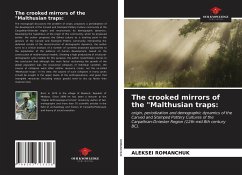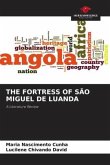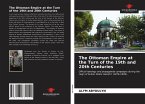The monograph discusses the problem of origin, proposes a periodization of the development of the Carved and Stamped Pottery Culture community of the Carpathian-Dniester region and reconstructs its demographic dynamics. Developing the hypothesis of the origin of this community, which he proposed earlier, the author proposes the Edinet culture as a starting point in the genesis of the Carved and Stamped Pottery community. Interpreting the obtained results of the reconstruction of demographic dynamics, the author turns to a critical analysis of a number of currently proposed approaches to the explanation of the patterns of human development, based on the construction of mathematical models. Showing a high productivity of structural-demographic cycle models for this purpose, the author nevertheless comes to the conclusion that although the main factor restraining the growth of the global population was the occasional collapses of individual societies, the causes of collapses were often neither resource crises, nor the so-called "Malthusian traps". In his view, the causes of such collapses in many cases should be sought in the upper levels of the anthroposphere, and given that intangible resources (including status goods) tend to dry up faster than material ones








